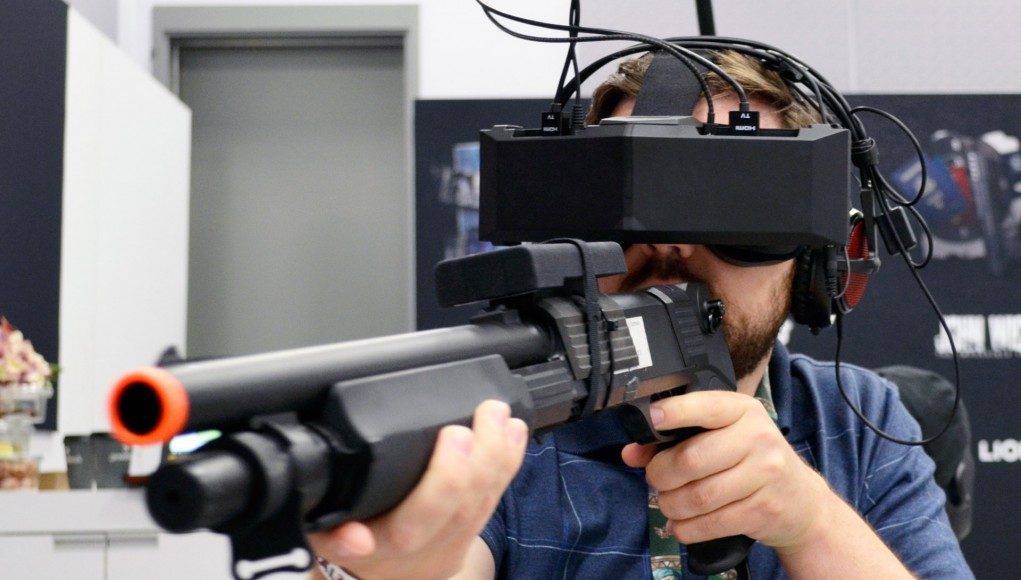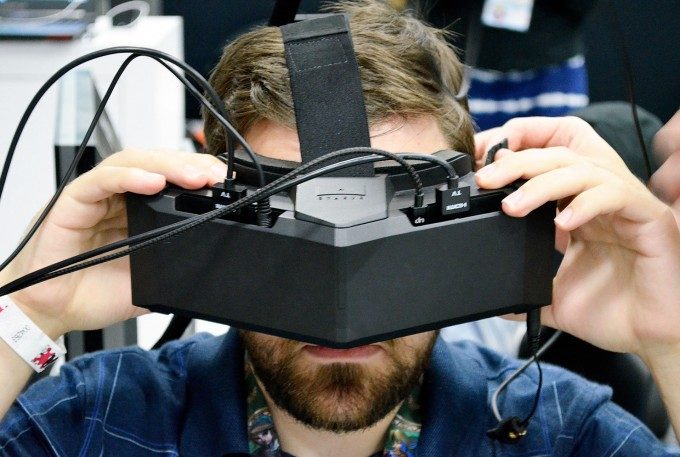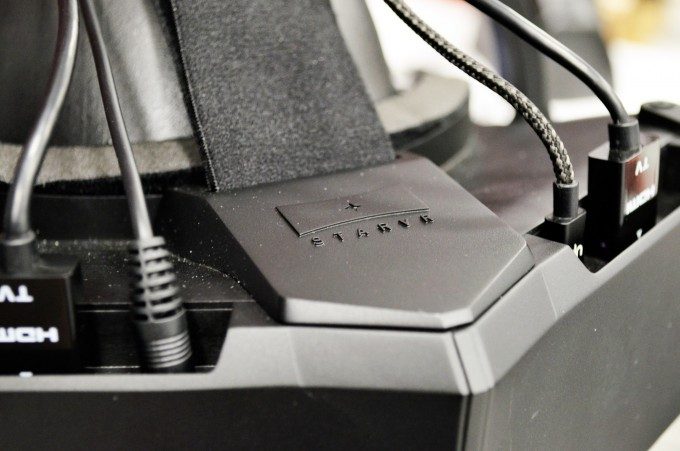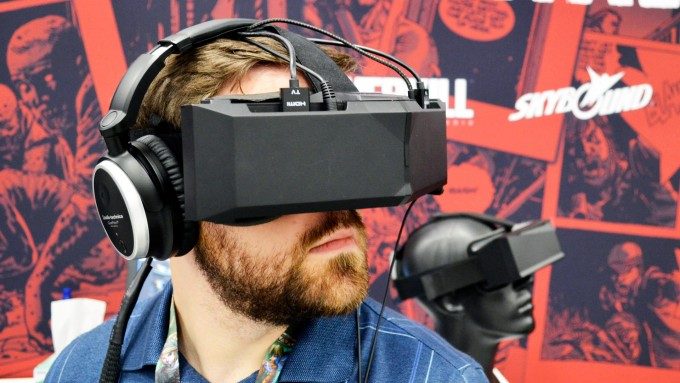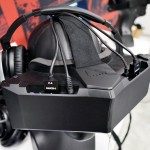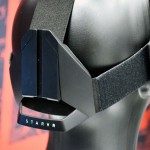StarVR is an in-development VR headset from Starbreeze Studios which revolves around a massive 210 degree field of view; after looking inside their latest prototype, you may not want to go back.
Technically, you could say that first time we saw this headset was back in 2013, when a small French team was designing it under the name InfinitEye. The company went on to be acquired by Starbreeze Studios and debuted its new StarVR identity at E3 2015.
A year later, Starbreeze is showing the latest prototype, and you literally have to see it to believe it. The 210 degree field of view is an eye opener in the virtual world and makes other headsets feel like binoculars. In fact, when demoing the headset, the company has a button they can press to bring in a silhouette which approximates the field of view of ~100 degree headsets like the Rift and Vive; the difference is obvious and astounding.
When we saw the 2015 StarVR prototype, we liked the ultra wide field of view, but the resultant visual artifacts were not worth sacrificing the clarity offered by other major headsets (‘light ray’ artifacts withstanding). But with improvements to the lenses and rendering made over the last year, the company is starting to make that trade-off look rather appealing. If the company can continue to improve at this rate, StarVR could be in hot demand in the near future.
No one is arguing that a wider field of view isn’t better. The view inside of StarVR is truly impressive; you feel like you’re putting your head into the virtual world in a much more significant way than other headsets, but when it comes to optics, it’s always a balancing act. Yes, you’ve got a massive field of view, but achieving it requires a complex set of lenses which, in this case, combine normal and Fresnel elements which bring their own unique challenges to clarity.
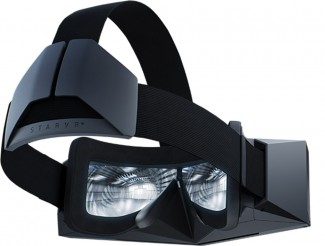 And while there’s the unavoidable constraint of optical physics (i.e. you may never be able to make a photon emitted from one point in space look exactly as if it was emitted from another), there’s still an optimal performance for any optical design. And while the view through StarVR isn’t perfect, Starbreeze has demonstrated clear improvements since the last iteration of their headset, and the hope is that it’ll only continue to improve.
And while there’s the unavoidable constraint of optical physics (i.e. you may never be able to make a photon emitted from one point in space look exactly as if it was emitted from another), there’s still an optimal performance for any optical design. And while the view through StarVR isn’t perfect, Starbreeze has demonstrated clear improvements since the last iteration of their headset, and the hope is that it’ll only continue to improve.
The optical engineering isn’t the only thing that’s improved. The current prototype is markedly lighter (now at 380 grams) than the former and seems to fit to the face better. Starbreeze has removed the bulkier strut mount from the older version and replaced it with flexible straps like those seen on the HTC Vive.
The massive per-eye resolution of 2560×1440 is greater than its competitors, but those extra pixels are stretched over the wider field of view (which is why the industry needs to start talking about pixels-per-degree). Without being able to do a side-by-side test, the best I can say is that StarVR’s PPD feels similar to the Rift and the Vive.
What the headset currently lacks next to those headsets is low-persistence; a display technique which significantly reduces blur during head movement. Low-persistence requires an OLED-based display which Starbreeze says they’re working on and expect to have for the final headset.
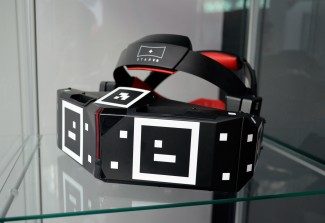
While the view through the headset is becoming increasingly impressive, thanks to that monster field of view, Starbreeze still has a long way ahead of them to reach the head-tracking accuracy and precision of major consumer headsets now on the market. While the prior headset had fiducial markers printed on it for optical tracking, the current prototype is using Sixense STEM’s magnetic tracking. The company tells us that they’re continuing to explore tracking solutions.

